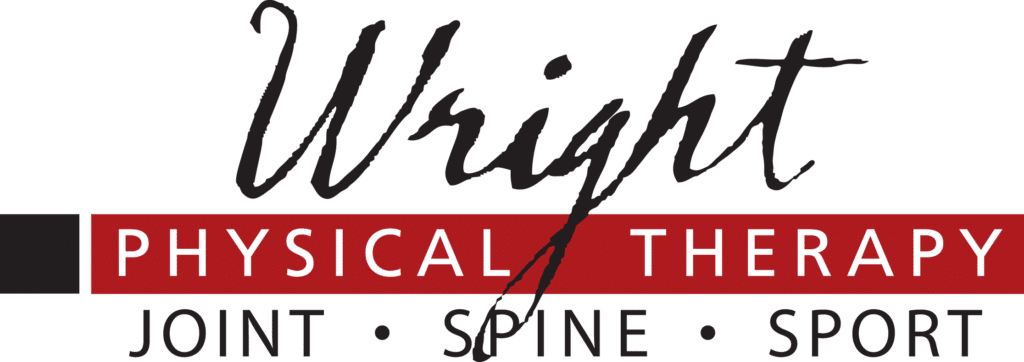IASTM is the Generic Term for Graston
We often receive requests from physicians for “Graston” or “Astym” technique to be performed on the patients they send us. The above mentioned methods are well known brands of a therapeutic technique called IASTM. Through this article we want to briefly “breakdown” the term IASTM (fibrous pun intended), its offshoot methods such as Graston or Astym and what the benefits and limitations are of IASTM.
Instrument Assisted Soft Tissue Mobilization (IASTM) is an effective range of manual therapies that enable clinicians to efficiently locate and treat individuals diagnosed with soft tissue dysfunction. IASTM is a is a procedure that is rapidly growing in popularity due to its effectiveness and efficiency while remaining non-invasive. Adding this techniqueto our treatment programs has been exceptionally valuable in accelerating improved outcomes for patients in eval, treatment and re-test clinical applications.
IASTM is performed with hard-edged ergonomic tools that detect and treat myofascial restrictions, encourage rapid fibroblastic activity locally and treat areas exhibiting soft tissue fibrosis, chronic inflammation, or degeneration. The ability to focus mechanical force along a small contact surface to patients’ target tissue, and do so with a relatively high level of comfort for the patient is a major benefit of using this technique. Because IASTM is a skilled type of manual treatment, supplementation with therapeutic exercises and additional modalities should be used in conjunction. Therefore it is crucial that the Doctor of Physical Therapy be trained in the application of IASTM to avoid injury and receive expected outcomes.(Additional modalities include joint mobilizations designed to correct biomechanical deficiencies by addressing musculoskeletal strength and muscle imbalances throughout the entire kinetic chain).
What is the Intended Effect of IASTM Treatment
The ergonomic design of IASTM instruments provides the clinician with the ability to locate restrictions and allows the clinician to treat the affected area with the appropriate amount of pressure. Bruising should not occur if this manual treatment is performed with skill.
The introduction of controlled microtrauma to affected soft tissue structure causes the stimulation of a local inflammatory response. Microtrauma initiates reabsorption of inappropriate fibrosis or excessive scar tissue and facilitates a cascade of healing activities resulting in remodeling of affected soft tissue structures.
The resultant effect is a remodeling from low quality Type III collagen to high quality Type I collagen. Adhesions within the soft tissue which may have developed as a result of surgery, immobilization, repeated strain or other mechanisms, are remodeled allowing full functional restoration to occur. Analgesia, neuromuscular facilitation and / or inhibition, and more rapid tissue healing are common outcomes of treatment. We can share the current evidence base at your request as well as in depth physiological review.
Conditions, Indications, Contraindications

Summary
IASTM is powerful in remodeling scar tissue to high quality tissue. Requesting IASTM on referral forms is a universal way to receive this treatment for your patients, though if the patient requires this we apply this treatment under EVAL and TREAT. All Wright Physical Therapy DPTs are trained and proficient in this method. Call us at 208-736-2574 for further questions.

